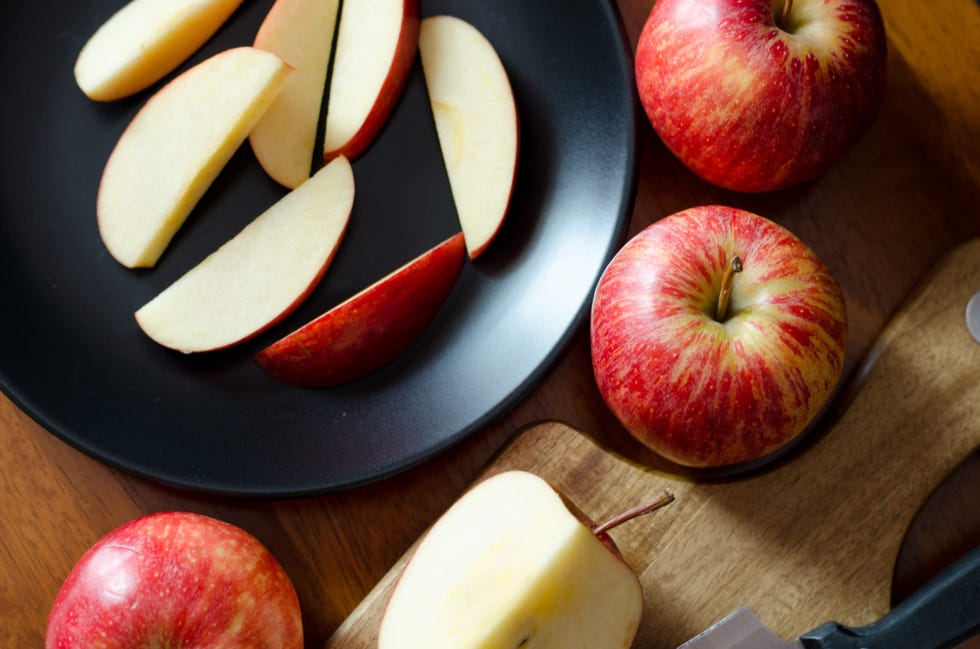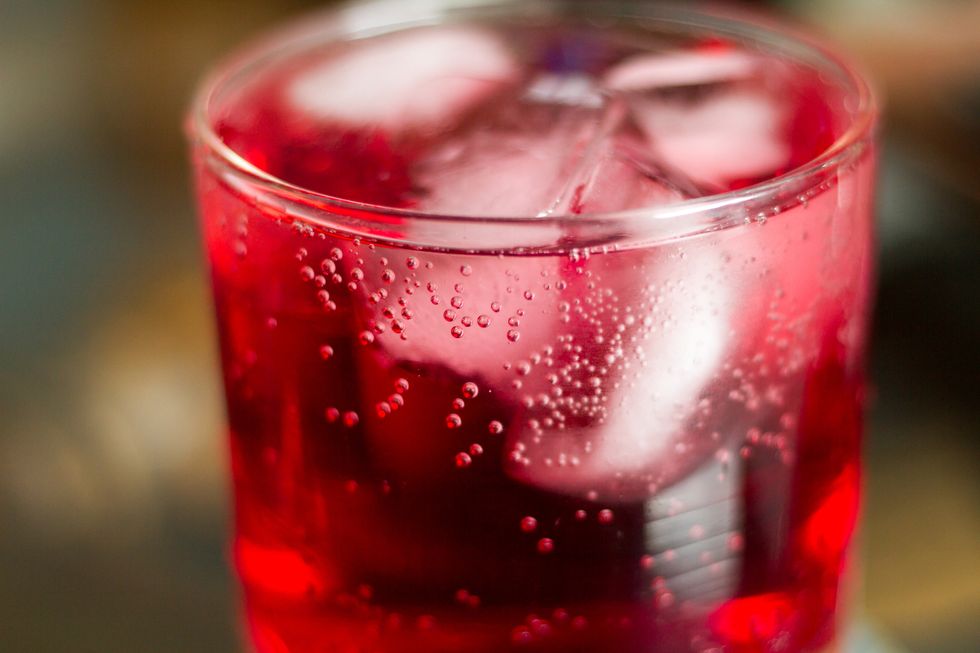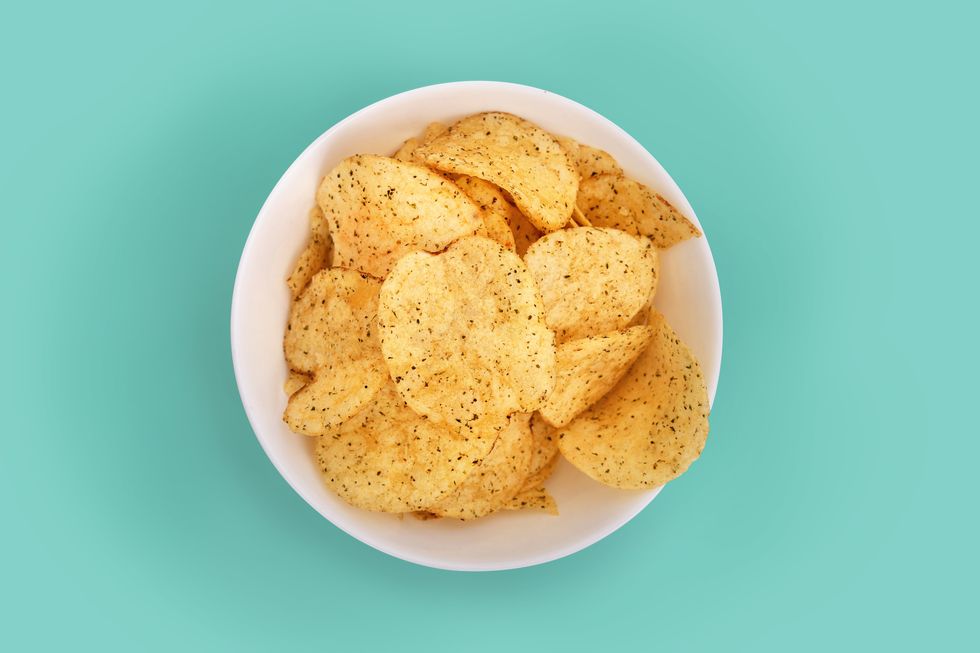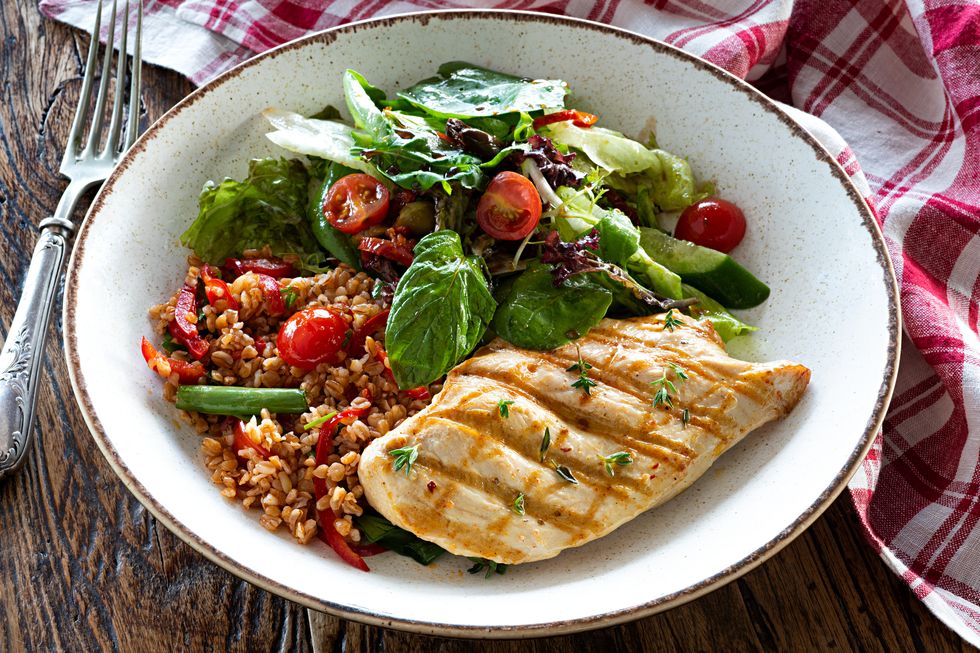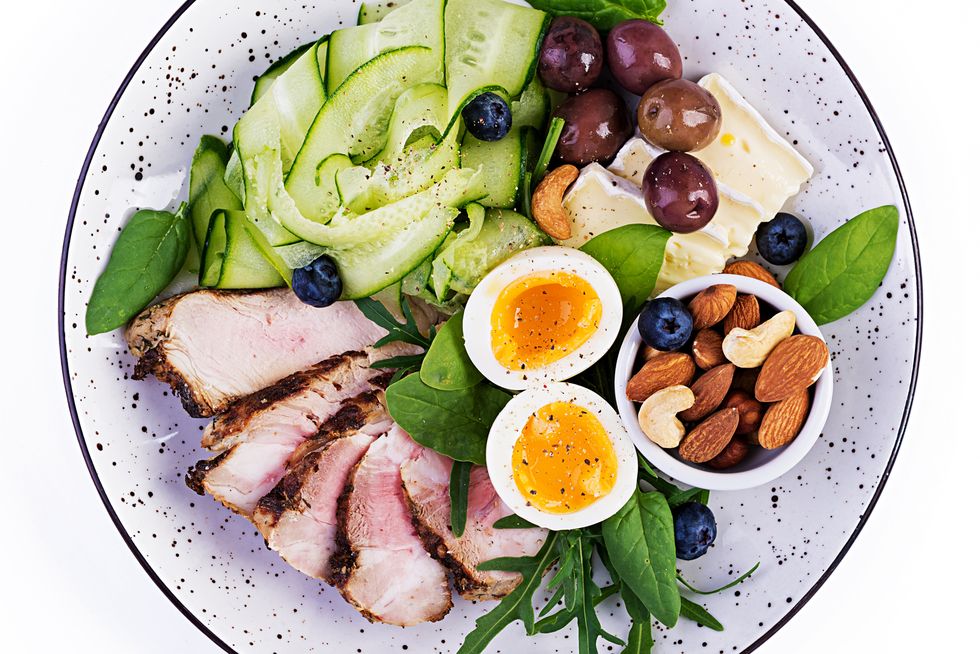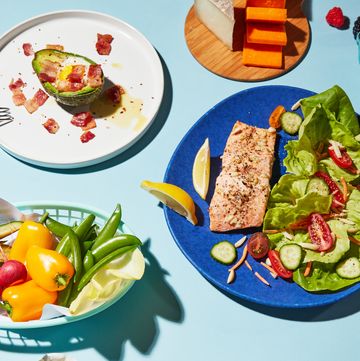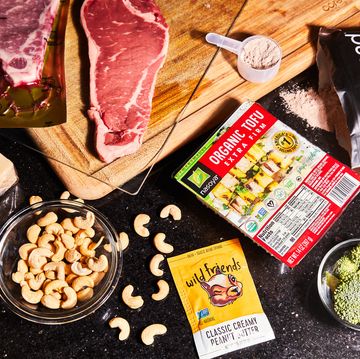Sugar is everywhere. It’s in practically every food we eat, from candified yogurt to the breakfast cereal we wash down with a flavor-of-the-month Frappuccino. Though we know it’s not good for us in excess, it’s also so hard to resist. That’s because eating sugar lights up our brains’ dopamine receptors (the same ones that trigger drug addiction), making us feel fantastic—and eager for another hit. As runners, our sugar problem is even stickier, as we rely on gels and energy drinks (and sometimes just plain candy) to fuel and recover from workouts.
Sadly, running doesn’t make you immune from the detrimental health effects of eating too much refined sugar. The nearly 152 pounds of added sugar that each American consumes a year increases our risks of obesity, diabetes, heart disease disease, depression, and sleep disorders. That’s true whether you exercise or not.
Refined sweeteners “go right from your lips into your bloodstream,” says Kristen Gradney, R.D.N., a spokesperson for the Academy of Nutrition and Dietetics. That forces your body to process carnival levels of sugar fast. “We get less efficient at this over time, which is why we become more susceptible to problems like diabetes as we age,” Gradney says.
That means even healthy people—like us runners—should trim their daily intake of added sugar to less than 25 grams per day, as recommended by the World Health Organization. (No need to avoid naturally sweet, whole foods like fruit, which have water, fiber, and/or protein that slow sugar’s path into your system.) New food labeling guidelines that took effect earlier in 2020 require labels to list added sugar, making it easier to track. But that doesn’t make it any easier to break a not-so-sweet habit. Try these tips to stop eating so much sugar.
Go Natural
Sub out foods with lots of added sugar (such as candy or muffins) for ones that are high in natural sugar (such as apples and dates), which offer a hit of sweetness that’s lower in calories and higher in nutrients. “Sweet fruits and vegetables might not seem as appealing as a cupcake, but they’ll satisfy your physiological need for sugar and make those intense cravings fade away,” Gradney says.
Delay the Decision
While we don’t believe in using running to “earn” any kind of food, you can curb sweet treat cravings by pairing them with a task, suggests Cornell University researcher Brian Wansink, Ph.D., author of Slim by Design. “You impose a trade-off, so that you’re not saying no to something, but you do make it harder to get,” he says.
Want ice cream after lunch? Complete a chore you’ve been dreading first, or take the stairs instead of the elevator. Such negotiations cut down on impulse eating by delaying gratification. They can also replace your craving with self-satisfaction—you’re so psyched that you finally cleaned out the garage, you may no longer want or need four cookies.
Dilute It
Not ready to give it up just yet? Mix sugary stuff with something that’s better for you. Combine cranberry juice or soda with seltzer, mix hot cocoa with unsweetened coffee, swirl a quarter-cup of ice cream into an equal quantity of berries, skip the flavored yogurts and opt for plain topped with fresh fruit, and cut your Lucky Charms breakfast cereal with Shredded Wheat (which contains nearly zero grams of sugar per serving). “You lower the overall sugar content but don’t end up feeling deprived,” says Gradney.
Portion It Out
Single-serving packages of ice cream and cookies can enforce a healthy portion size and keep you from devouring that entire package of Oreos. One 2012 study published in Health Psychology found that people who snacked on portioned potato chips ate 50 percent less (translating to 250 fewer calories). Just be sure to read the labels, because some packaging contains more than one serving. And keep your cache of treats out of view, says Gradney, so you aren’t tempted to reach for seconds—or thirds.
Time Your Treats
Runners do get two short windows of sugar-immunity: during and immediately after a workout, when the body metabolizes sugar for fuel and replenishes muscle glycogen for recovery.
As for all other times: “The sugar that you eat when you’re sedentary is more likely to go to stored fat, once glycogen stores are full,” says Kelly Pritchett, Ph.D., a sports nutritionist at Central Washington University. And yes, you’ll get more nutritional value from eating pineapple or chocolate milk, but if Krispy Kreme is your guilty pleasure, it may be better to have that type of occasional indulgence while running, or within 30 minutes of finishing a hard run.
Want more healthy eating tips? Join Runner’s World+ today!
Savor Flavor
Studies have found that the first bite of any food yields the most pleasure—and that people who eat large servings of indulgent foods actually feel less satisfied than those consuming smaller portions. When you crave something sweet, try taking just a taste. “We’ve found that total deprivation just isn’t sustainable, because many people may inevitably fall off the wagon and give up hope for healthier eating,” says Wansink. By granting yourself the license to enjoy one or two bites of a favorite treat, you get maximum enjoyment for minimal damage. That’s especially true when it’s a high-quality food: One square of exquisite Theo chocolate can deliver far more satisfaction than an entire Snickers bar.
Go Cold Turkey—For a Period
Many Americans are turning to “detox” plans that eliminate all sugar for 30 days or more (think: the Whole 30 diet). Converts say axing refined sugars improves sleep, decreases acne breakouts, trims pounds, and boosts both mood and focus. Some also say that elimination alters your taste buds so when you do reincorporate sweets back in, they actually taste too sweet, and thus you don’t really want them.
Though not a panacea, smoothing out fluctuations in blood sugar could improve energy, says Pritchett. However, “completely eliminating all added sugars from your diet may not be sustainable long-term,” she says. But doing so for a short, sustainable period of time can help you be more conscious of your food choices, break bad food habits, and form new ones that are less sugar-dependent.

